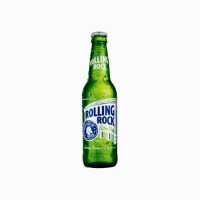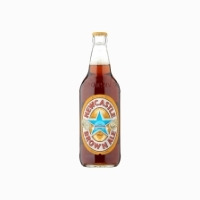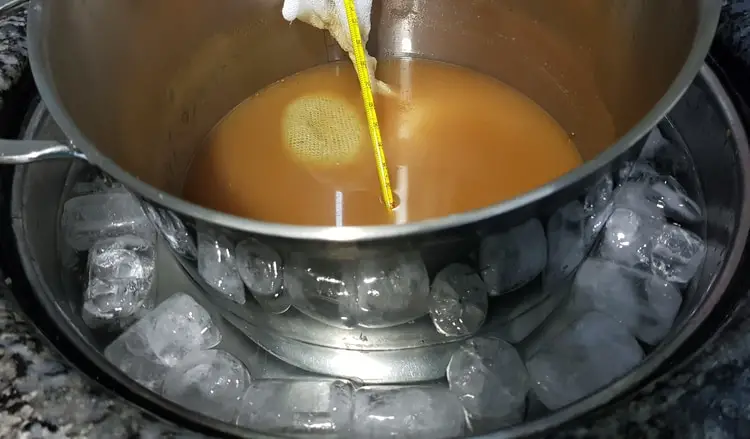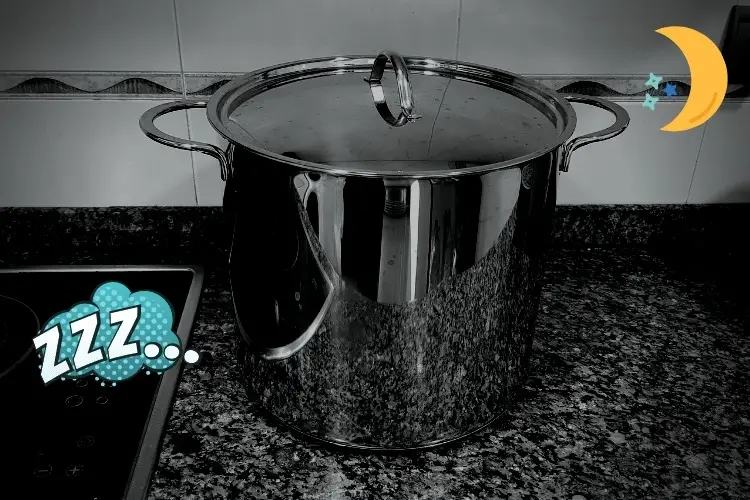Cooling wort for beginning homebrewers is a modest challenge. It takes time, ice, and patience. Cool your wort quickly and efficiently or face unwanted consequences. Many things could go wrong in waiting overnight. There are cooling contraptions for advanced brewers or for the beginner, the handy 8 lb. bag of ice bought from the Quick-Pick.
Cooling the wort overnight is possible but rarely recommended. In most cases, freshly boiled wort must be cooled within a 40-minute window to avoid destabilizing off-flavors, infection, or fermentation problems.
I will explore the consequences of how to cool wort effectively. I can also provide a brief recap on best-cooling practices.
Initial Consequences
|
|
Consequence #1: Formation of DMS
The first and most serious problem with slow cooling is the formation of DMS – dimethyl sulfide. DMS forms when wort stays at warm temperatures of an hour or more; overnight cooling qualifies.
DMS gives fine flavors to beer if vegetable soup or oyster stuffing is on the menu for the night. Seriously, vegetable and shellfish flavors may form, including but not limited to:
- Sweet and creamed corn, cabbage, cooked vegetables, oysters, and marinara sauce.
DMS comes from a sulfur-based compound formed during the malting process. It can often be dissipated by a heavy- rolling boil.
Even so, the chemical components may remain in the beer. This is fine as long as they are not allowed to compound and form.
If the wort is cooled within a 30 – 40 minute window, DMS will never form.
If the beer becomes infected, contaminants could trigger production, but at that stage, there will be more dominant off-flavors.
Boiling for at least 60 minutes mitigates DMS formation and is sound practice for beginning-intermediate brewers.
Commercial examples where DMS is part of the profile
There are cases where DMS is a part of the profile.
It is said that some German and American Lagers with heavy malt profiles will have a little.
In most cases this is well planned and controlled.
 Rolling Rock, an old premium beer from PA, is one such example.
Rolling Rock, an old premium beer from PA, is one such example.
I have tasted Pale Ales that have a hearty Sunday dinner feel, however slight.
 Newcastle Brown Ale -do they even sell that in the States anymore? – tasted a little Sunday Stewey to me with a healthy dose of diacetyl, adding a bit of butterscotch.
Newcastle Brown Ale -do they even sell that in the States anymore? – tasted a little Sunday Stewey to me with a healthy dose of diacetyl, adding a bit of butterscotch.
It was a popular beer for many years, 80’s through the aughts, yet those days may have passed with the American resurgence and dominance of domestically produced craft beer.
Consequence #2: Contamination
We invite contamination of myriad sorts as we allow our beer to sit for hours or overnight even.
Basic brewers brew in plastic.
Regardless of the tightness of the container, this is considered open fermentation.
Bacteria, usually in the form of Lactobacillus, could make its way in.
The wort must be cooled before the yeast is pitched, so the wild yeast, even in micro-micro amounts, could gain a foothold.
This stimulates the growth of DMS, diacetyl (butter) as well as acetobacter, a rancid, sour, astringent compound.
It simply welcomes a host of issues should the wort not cool quickly.
Consequence # 3: Irreversible Invasion of Off-Flavors
It’s a near guarantee that the beer turns if cooled slowly.
Chemical compounds form that throw beer out of balance or simply ruin it.
Aside from possible DMS or diacetyl formation, the process unfolds like so.
Suppose there is only one bag of ice and it melts a little too quickly.
After 45 minutes the beer is down to 100˚° F (37° C). You have exceeded the cooling window. For many, it seems no big deal, just keep the lid on and wait an extra 2 – 3 hours. The beer drops to about 75˚ F (24° C) and this seems like a safe range to pitch. Impatience becomes the enemy.
The yeast was just pitched warm.
On the one hand it could quickly multiply and respire (absorb O2 and grow) yet not cool enough to ever reach a proper fermentation temperature.
Fermentation is an exothermic process and heats up as it proceeds. Your 72˚ F (22° C) freshly pitched wort is now a 78˚ F (25° C) fermenting beer.
Then other problems will occur.
The beer forms a high concentration of phenols, causing sourness.
Fusel Alcohols will also form in excess.
They are normal and contribute to ester creation and fruitiness but and at high temperatures, create a bitter and solvent-like taste.
Excessive esters may form, leading to Isoamyl Acetate, or the banana in the beer.
While these flavors can be desirable in German Weizen or Belgian styles, they will overturn the balance in common ales.
Once these compounds form and take over, they are irreversible.
Overnite Cooling – the Mad Scientist’s Lab
Sour beer. This is one result of overnight cooling.
It may be the intention or not.
There are many fine beers that benefit from overnight cooling: Lambic beers or a host of soured hybrids coming out of Belgium, mostly Flanders.
German Hefeweizen mashes can be left overnight to sour, building up lactic acid in the malt profile.
How to Cool the Wort Quickly – the Basics

Buy 2 – 3 bags of ice. Submerse your covered kitchen kettle in the sink full of ice water. For basic to beginning brewers, the wort volume will be 1 – 2 gallons at most and will cool quickly enough.
Intermediate brewers can buy copper coils and submerse them in the kettle. Wort volumes may be larger, 1.5 – 3 gallons. In this case, use a single copper coil and run cool well water through it.
Another effective method is to set up a large volume (5 – 7 gallons) of ice water above the kettle and siphon the water through the coil. Slower is best as it transfers heat more efficiently.
There are more cooling ideas and a longer discussion in the article, Why Do You Need to Cool Your Wort Quickly? 3 Effective Methods.
Sour Ales for the Adventurous Journeyman Brewer
Soured Ale tastes can be tart, acidic and citrusy, and at extreme levels burn the mouth.
However, you could leave your fermenter lid cracked, cool overnight, and harvest what yeast live in your house and yard.
Wild Saccharomyces lives on fruit, tree sap, in soil, and in plants.
No results are guaranteed, yet it may control or compliment your beer. Barley Wine, Strong Belgian Ales, Imperial styles, Triple IPAs and fruited beers may be suitable for this process.
I would introduce a pure yeast strain the next morning to ferment the beer properly, and depending on the yeast living in your domicile, the result may be too harsh, or it could be a sublime discovery.
If your yeast strain is pure, Wyeast’s inimitable American Ale #1056 for example, it will quickly respire, absorb all of the oxygen, and take over the beer and potential wild strains will enhance and not further sour the beer.
Can You Chill the Wort in the Fridge / Freezer?
If just brewing concentrated wort, for 1-2 gallon extract batches, a kettle in the freezer for 30 minutes would be ok, lid tight. Brewing for 5 gallons would create too high a volume for the fridge or freezer to help. Not recommended.
Can You Cool the Wort in the Fermenter?
You could cool the wort in the fermenter but at a risk. Most fermenters are too large to cool with ice. Also, even if using a plastic or glass 1-2 gallon fermenter, it may not take temperatures above 140˚ F (60° C). Not recommended.
Final Pitch
There are always serious risks to not cooling beer quickly.
First follow the rules.
Then, they may be broken.
Wild yeast and slow cooling is a road less travelled.
And perhaps you have an oak ¼ barrel or firkin you picked up off a local vintner to fill and a basement that stays at 55˚ F (12° C) year-round. The point being, there are always exceptions to the rule, and taking chances is imperative to reach a creative breakthrough.

